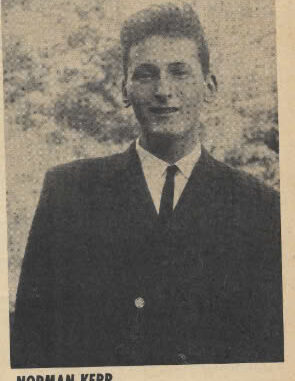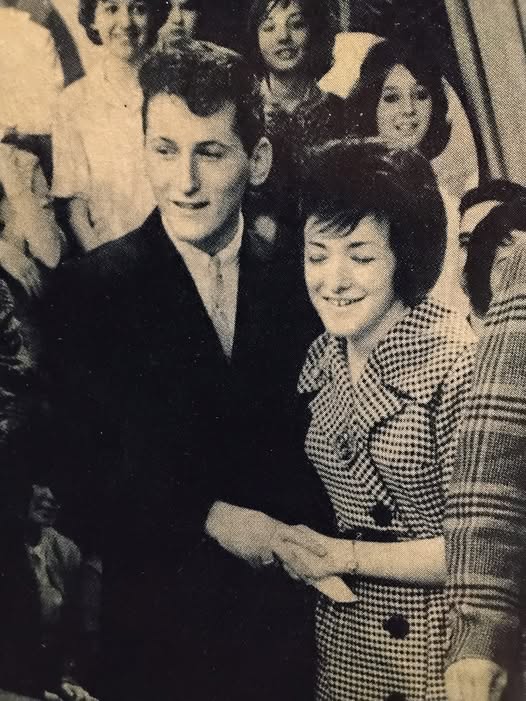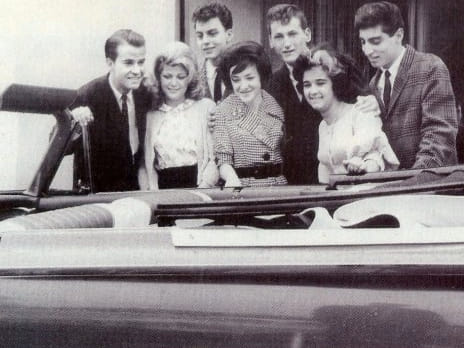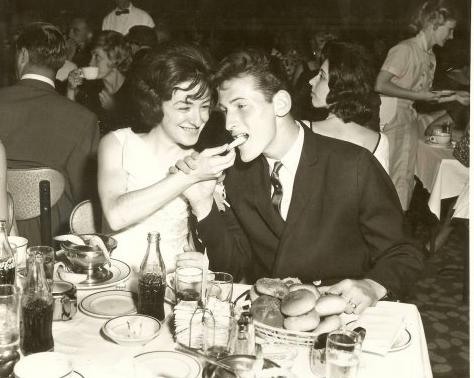
If you ever watched American Bandstand with your chin resting on your hands and your heart tuned to the rhythm, you might remember a dancer who didn’t raise his voice, didn’t wave to the cameras, didn’t need the center floor. Norman Kerr.
You might not recall what he wore. But you remember how he made you feel: safe, steady, familiar — like someone who wouldn’t step on your toes, but would never let you fall either.
His name surfaces in old message boards, tucked inside photo captions, whispered in reunions: “Whatever happened to Norman?”
Let’s trace those steps back — not just to find him, but to remember why we miss him.
He Was Never Trying to Steal the Spotlight
Norman didn’t leap. He didn’t spin with flair. But his dancing was like a heartbeat: consistent, assured, present.
He often partnered with Joyce Shafer — a pair that, to this day, feels like a soft Saturday afternoon preserved in black-and-white. They didn’t light up the floor like firecrackers. They floated. Moved together. Two people who looked like they understood each other without words.
Their dance was the kind you remembered not for the steps, but for the comfort.
Then One Day, He Was Gone
Norman’s exit from Bandstand wasn’t a moment — it was a fade. No farewell. No newspaper blurb. Just… one day, he wasn’t there.
The 1950s didn’t have social media. There weren’t fan Q&As. If someone left the screen, all you had was wonder.
Some said he moved for college. Others whispered “military service.” A few simply shrugged: “Real life, probably.”
But even without answers, his absence was felt. Like a chord missing from your favorite song.
He Was the Kind of Boy Your Father Would Approve Of
There was something deeply respectable about Norman. His demeanor. His kindness. The way he always seemed to make room for his partner, never overstep.
“My older sister used to say she wanted to marry a boy like Norman,” one viewer wrote. “Not because he was flashy. But because he was steady.”
We talk a lot about the exciting ones. The dancers who turned heads. But Norman Kerr — he held the space between the beats. The part of the song you breathe through.
Life Beyond the Camera
No interviews. No memoirs. No press.
It’s possible Norman went on to live what some would call an “ordinary” life — the kind that leaves no digital trail, but leaves an impression on the people close to it.
There are whispers: that he stayed in Pennsylvania. That he became a teacher, or maybe coached a local team. That he showed up to a Bandstand reunion once, quietly, and then slipped out before the cameras came.
We don’t know much. But maybe that’s okay. Maybe not knowing lets us imagine a life well-lived.
The Legacy of the Quiet Ones
Norman Kerr is not a name shouted in fan clubs. But he’s a name remembered.
He represents all the boys who didn’t make girls swoon — they made them feel seen. The ones who weren’t the best dancers, but the best partners. The ones who didn’t talk over the music, but listened.
He reminds us of a time when showing up was enough. When kindness didn’t need a camera. And when trust could be felt through a simple two-step.
Do you remember Norman Kerr on American Bandstand? What do you remember about his quiet presence — and what did it mean to you?
📝 Share your story with us here:



